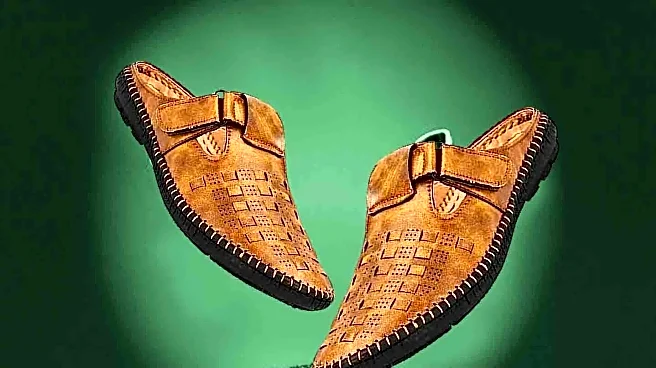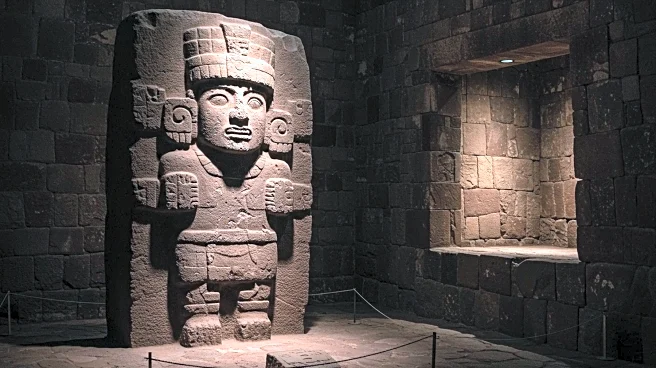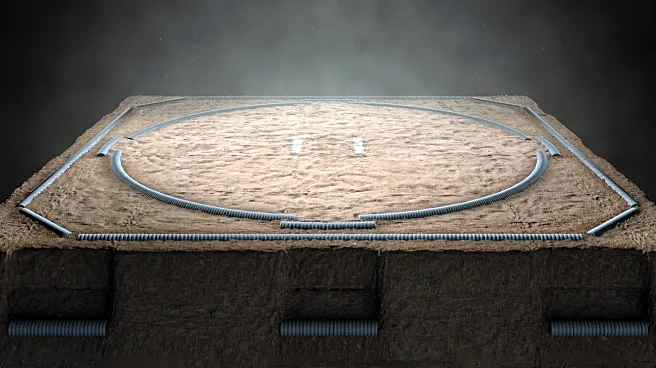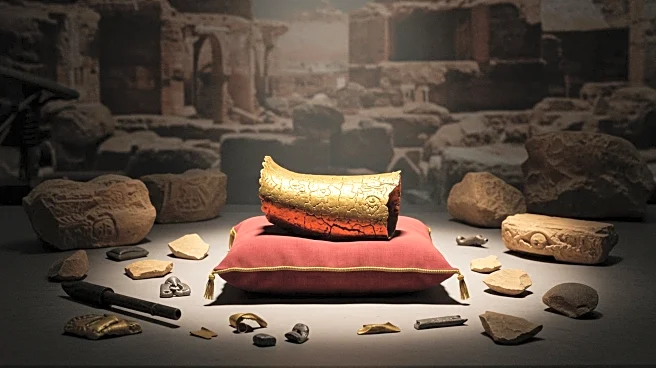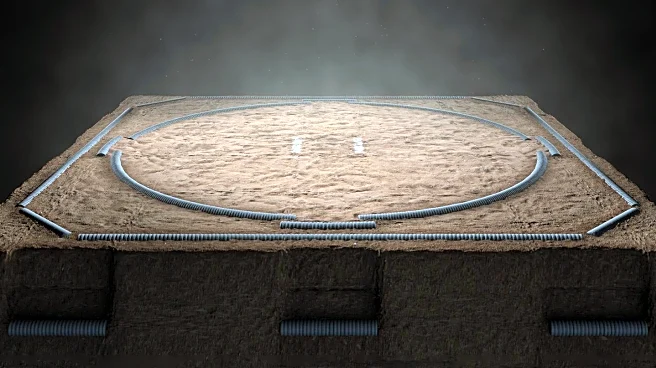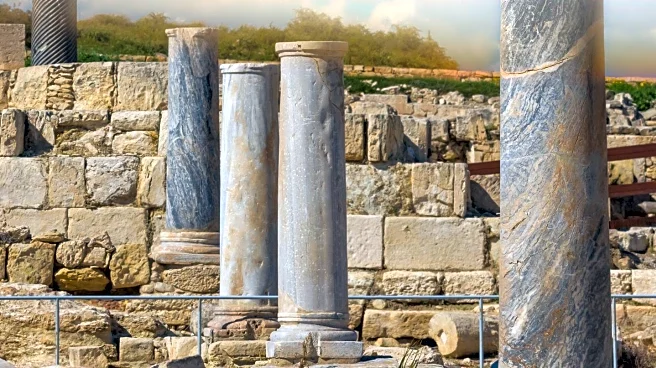Rapid Read • 6 min read
A local historian has discovered a significant archaeological find on the riverbank of the Sava River. The discovery consists of ancient iron bars, preserved for 2,000 years in low-oxygen mud. This find offers new insights into pre-Roman industry in the Balkans, suggesting advanced metallurgical practices existed in the region long before Roman influence. The iron ingots provide evidence of sophisticated production and trade systems, potentially reshaping historical narratives about the area's economic and industrial development.
AD
The discovery of these iron bars is crucial for understanding the technological and economic history of the Balkans. It challenges existing assumptions about the region's industrial capabilities prior to Roman occupation, indicating a more complex and developed society. This could lead to a reevaluation of historical timelines and influence archaeological research in the area. The find may also attract interest from historians and archaeologists, prompting further exploration and study of ancient Balkan civilizations.
Archaeologists and historians are likely to conduct detailed analyses of the iron bars to determine their origin and production methods. This may involve excavations and studies to uncover more artifacts and contextual information. The findings could lead to new archaeological projects aimed at exploring pre-Roman industry in the Balkans. Additionally, the discovery may inspire collaborations between local and international researchers to further investigate the region's historical significance.
AD
More Stories You Might Enjoy
